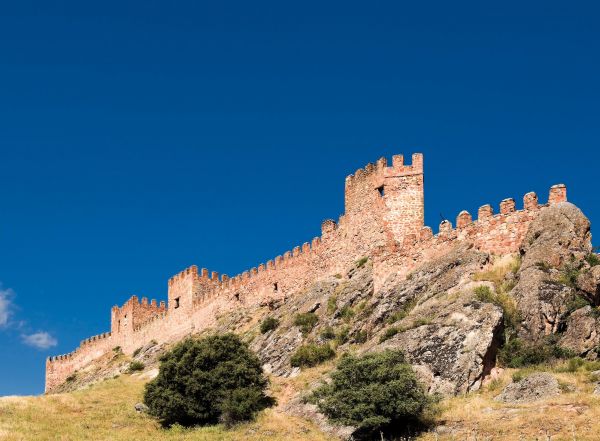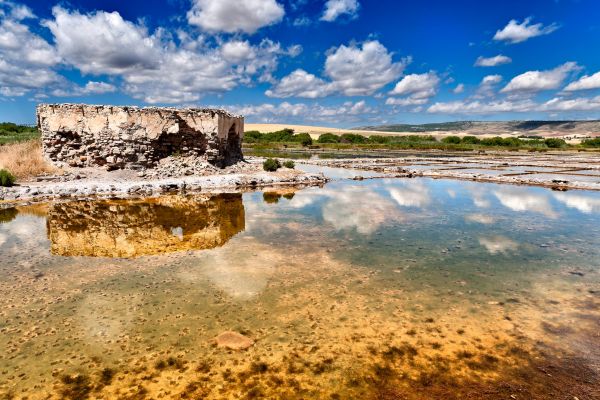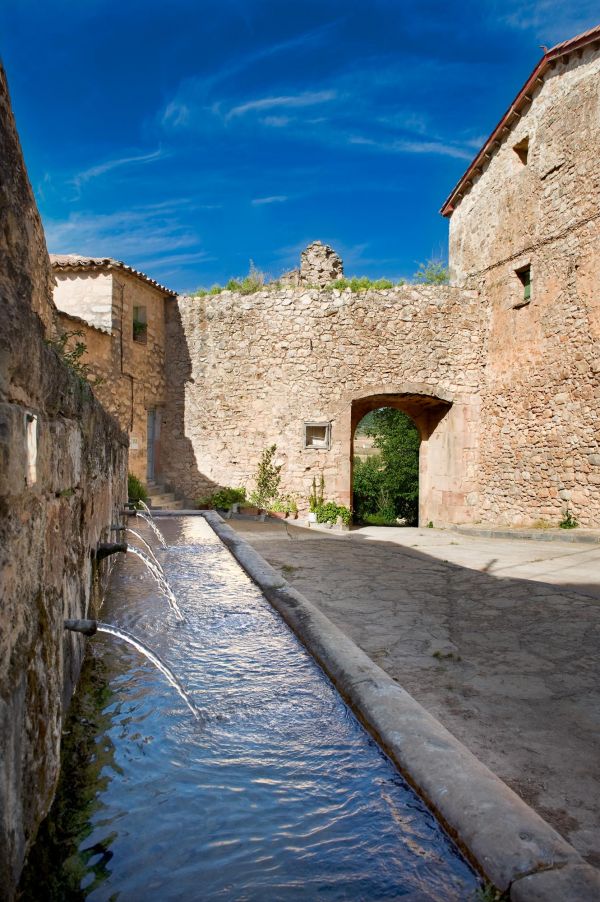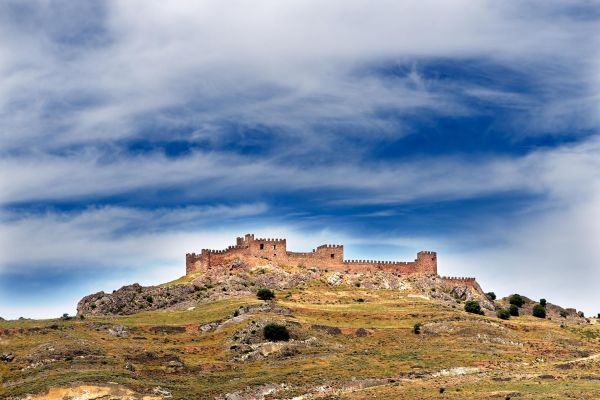Romanesque and salt flats
Guadalajara
200 million years ago, the sea flooded the north of Guadalajara province. From that period, we are reminded of this event by lands rich in sodium chloride, or sea salt, in the Salado river valley. For centuries, its inhabitants exploited this resource through numerous salt flats which became the most important in Castile, reaching their maximum glory in the 18th century. Here, a total of 7% of all salt extracted in Spain was produced, generating handsome revenue for the Castilian crown who owned the business.
Before visiting what is left of the salt flats that dominated the region, it’s worth stopping at Carabias, a small and beautiful town next to the river bank, where rafts - now out of use - would depart to the nearby salt flats. In town, the church of San Salvador rises up, a fine example of rural Roman art, with very specific characteristics of the Guadalajara zone.
Palazuelos is 4 km away, known as the Alcarria version of Ávila due to its fully intact walled town with the Castle at the tip.
We cross the agricultural fields to take a detour via Olmeda de Jadraque. Before arriving, we visit Bujalcayado, an almost uninhabited place with crumbling houses that in bygone times were built due to the salt production works. The Bourbons built a colony in the mid-17th century with warehouses, huts for tools, houses for the workers and a chapel.
The Bujalcayado and in particular, the Olmeda salt flats are nearby. At the latter, we will discover scenery with channels and pools carefully paved, which take us back to the finest years of these installations built in the Middle Ages, although the remains we see now are from the 17th century. Its production was the most important in the zone after Imón. It comprises two warehouses, five wells, several salt deposits and around eight hundred pools. The complex also features annexed buildings that served as homes for the workers and a church.
Back on the CM-110 road, we head towards the Imón salt flats. These are better preserved. Among the numerous buildings in this extensive complex, the San Antonio store stands out, built in the times of Charles III with its elegant portico, high wooden ceilings sustained by 60 pinewood pillars where the salt stored over 200 years has been conserved as well as salt recently extracted from the deposits. There are two further store rooms, a thousand pools, 15 deposits and five wells that were part of an operation that, until its closure in 1993, produced... a thousand tonnes of salt per pool, per week!
We have to hit the road again and drive to Riba de Santiuste, which also had some salt flats –this time small-sized–. However, the town’s clear highlight is the imposing castle atop a hill, which is very well preserved. It is 90 metres long and 14 metres wide. Access is defended by two towers, and the narrow road to the gate is worth a look, as it made entrance even more difficult for attackers. The first space is a small weapons courtyard, which leads through a four-tower complex and different rooms, which open onto a new courtyard, perhaps for the stables, and completed with a pentagonal tower defending the north side. Inside the castle, there are several rooms, chimneys and different elements from the last restoration, and the crowning battlements.
May also be of interest to you
Castilla-La Mancha Tourism in 2023. All rights reserved.

 365
365





